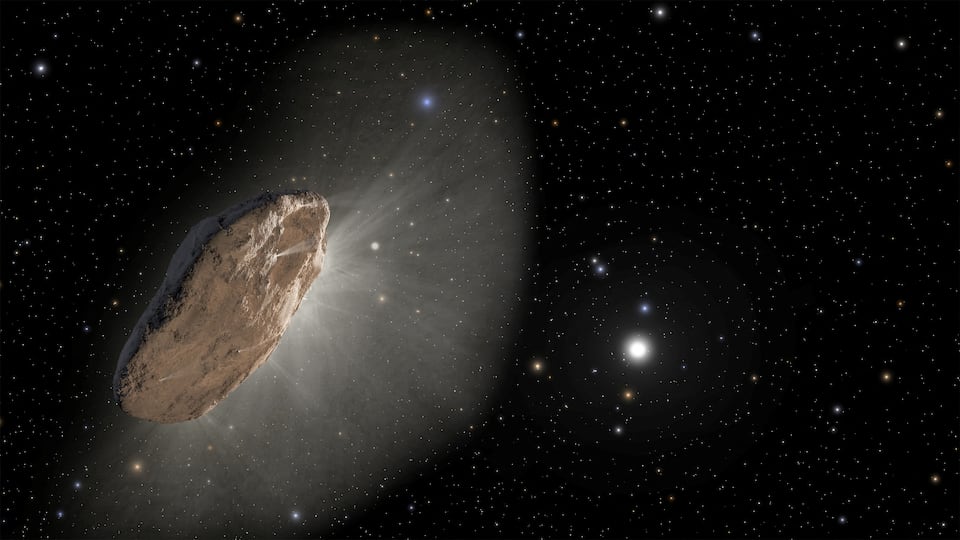NASA alert! Asteroid 2023 JR1 set to buzz Earth today at a scorching 72871 kmph
Asteroid 2023 JR1 is set to make a close approach to Earth at the blistering speed of 72871 km per hour, NASA said. Know its danger in advance.






 View all Images
View all ImagesAsteroid 2023 JR1, a member of the Apollo group of asteroids, is currently headed for an unexpectedly close engagement with Earth today. Surprisingly, NASA discovered this asteroid just on May 12, 2023 - merely two days before its close approach to Earth. NASA's asteroid tracking data reveals that the asteroid measures around 39-foot in size. It belongs to the Apollo group. The Apollo group of asteroids was named after the first asteroid of its kind, 1862 Apollo.
According to NASA's CNEOS, the asteroid is traveling at a remarkable speed of 72871 kilometers per hour. The-sky.org data suggests that this asteroid completes one orbit around the Sun in approximately 1322 days. The report highlights that the asteroid reaches its farthest point from the Sun at a distance of 606 million kilometers and comes closest to it at a minimum distance of 99 million kilometers. However, the most concerning aspect is its uncomfortably close approach to Earth, as it will pass by at a distance of just 242,000 miles, which is nearly the same as the distance between the Moon and Earth. It is worth noting that the average distance between Earth and the Moon is approximately 239,000 miles.
Danger of Asteroid 2023 JR1
The Center for NEO Studies at NASA's Jet Propulsion Laboratory is responsible for maintaining a list that assesses the risk of impact for near-Earth objects that will come in close proximity to our planet. NASA's JPL designates the label "potentially hazardous objects" for space rocks that approach within 4.6 million miles of Earth and have a size larger than approximately 150 meters. While asteroid 2023 JR1 does not fall into the potentially hazardous category based on its size, its close proximity to Earth is what raises concerns about this small 39-foot asteroid. Even a slight deviation from its orbit could result in a direct collision with Earth, which would have catastrophic consequences.
NASA's tech behind asteroid tracking
Astronomers use optical and radio telescopes to study the size, shape, rotation, and physical composition of these asteroids. Those near-Earth objects that come close enough to Earth are studied in great detail using planetary radar. Such detailed characterization is made possible through the use of radio telescopes located at NASA's Deep Space Network and the National Science Foundation's Arecibo Observatory in Puerto Rico.
Catch all the Latest Tech News, Mobile News, Laptop News, Gaming news, Wearables News , How To News, also keep up with us on Whatsapp channel,Twitter, Facebook, Google News, and Instagram. For our latest videos, subscribe to our YouTube channel.
































